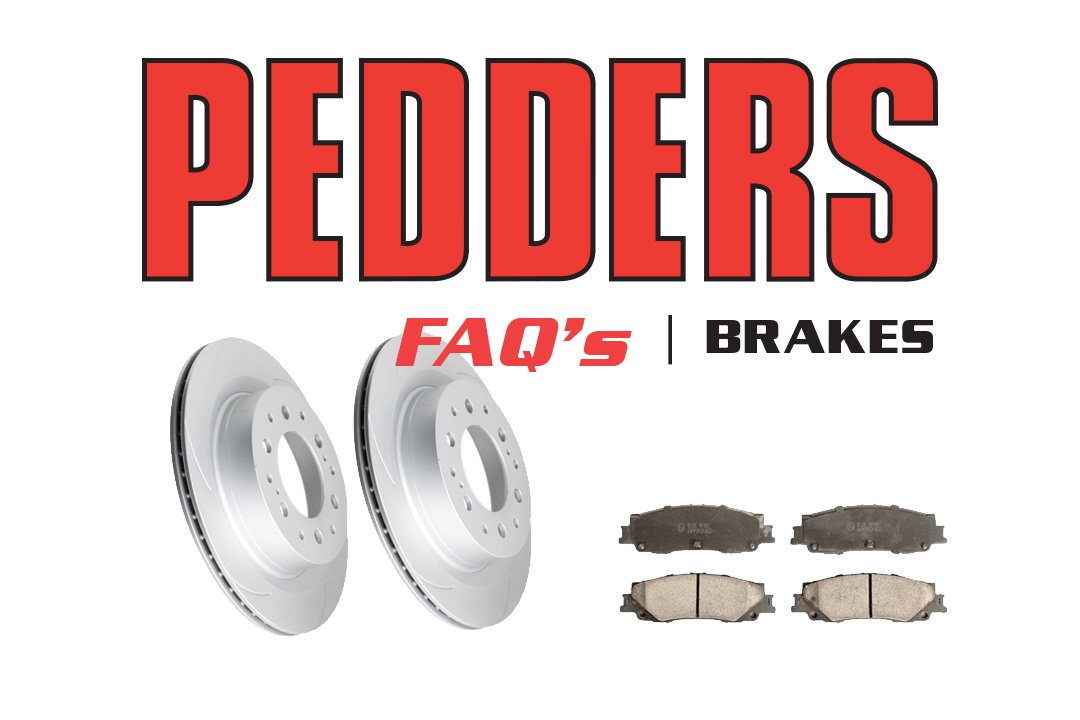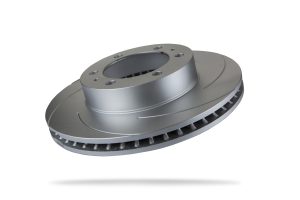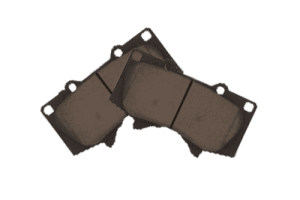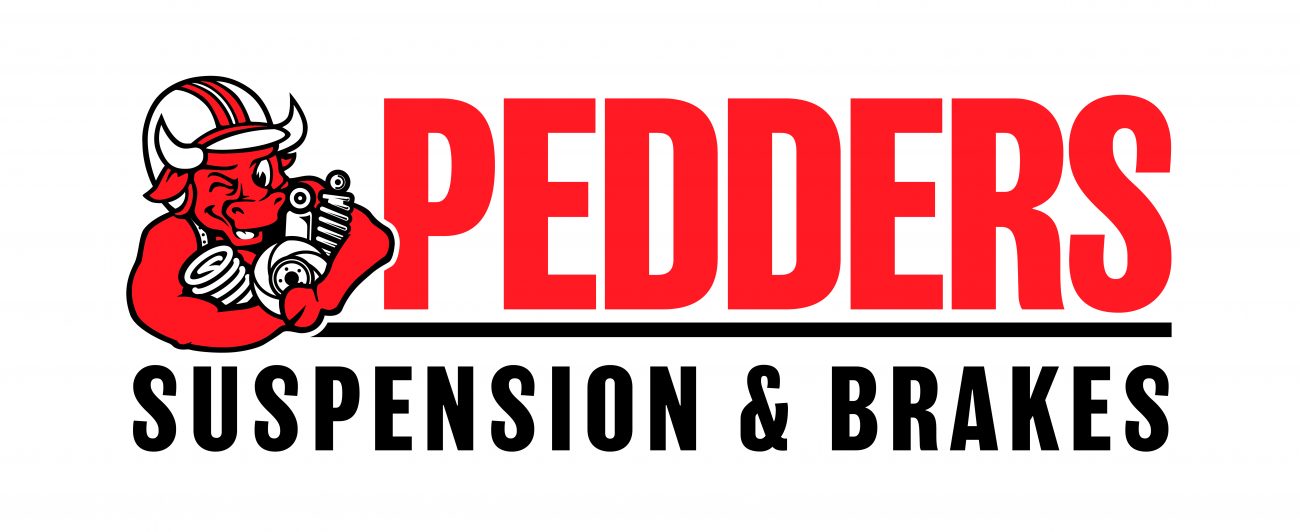
Pedders Brakes FAQs
Everything You Need to Know About Pedders Brakes
If you’re considering upgrading or replacing your vehicle’s brakes, it’s important to understand your options. Here’s a simple guide to help you learn about Pedders brake pads and rotors, how they work, and why they’re a smart choice for many drivers.

Pedders Slotted Geomet Brake Rotor
Can I Mix and Match Pedders Parts With Other Brands?
- Yes, you can use Pedders brake pads with standard rotors, and vice versa.
-
But for best performance, it’s highly recommended to use Pedders pads and rotors together. They are designed to work as a perfect match, giving you stronger, smoother, and more consistent braking while reducing wear.
Why Choose Ceramic Brake Pads?
Pedders uses ceramic brake pads, which offer several key advantages:
-
Less Wear and Tear: They create a thin layer on the rotor that improves grip without grinding it down like metallic pads.
-
Cleaner Wheels: Ceramic pads produce finer dust, meaning less brake dust on your wheels.
-
Longer Lifespan: They last longer and are better at handling high heat.
-
Quieter Performance: They help reduce brake noise.

Pedders Extreme Ceramic Kelvar Brake Pads
What’s Special About Pedders Brake Pads?
Pedders pads are specially formulated for:
-
SUVs
-
4x4s
-
Passenger cars
-
Towing and off-road use
-
Vehicles with upgraded tyres and wheels
They give you strong braking without affecting everyday driving comfort.

Can I Use Racing Brake Pads for Normal Driving?
Not a good idea. Racing brake pads only work well at very high temperatures. Daily driving doesn’t get hot enough for them to perform properly, which can actually reduce your braking efficiency.

What is Brake Fade?
Brake fade is when your brakes temporarily lose power due to overheating — often after repeated braking, driving downhill, or stopping from high speeds. It means the pads have reached their heat limit and can’t grip properly.
Why Do Brakes Squeak?
Brake noise isn’t always a problem, but it should be checked. Common causes include:
-
Lack of lubrication
-
Improper installation
-
Loose parts
-
Worn-out pads
-
Moisture or rust
-
Glazed or uneven rotors
When Should I Replace My Brakes?
Check your brakes every 10,000–15,000 km. Signs they need replacing include:
-
Squealing or knocking sounds
-
Steering wheel shakes when braking
-
Brake pedal feels bumpy or pulsing
-
Brakes feel weak or slow to stop
-
Visible damage or grooves on rotors
-
Blue discoloration from heat
Is Bedding-In Important?
Yes! After installing new brakes, it’s important to bed them in properly. This helps create an even layer of material from the pad onto the rotor, which improves performance and lifespan.
Slotted vs Drilled Rotors: What’s the Difference?
-
Slotted or drilled rotors help clear gas and dust between the pad and rotor, which improves braking.
-
Drilled rotors (with holes) can crack more easily over time due to stress and heat — so they may not last as long.
-
Slotted or dimpled rotors (with surface grooves) are more durable and still improve brake performance.
Pedders brakes are designed for performance, safety, and long-term value. Whether you’re upgrading or replacing, using the right brake system can make a big difference in how your car handles and keeps you safe.
For professional advice or installation, visit our nearest Pedders outlet or authorized service center.
Click here to find or contact directly with our nearest Authorized store at your area https://linktr.ee/peddersmalaysia
Please click "Open chat" to chat our team.

 China
China Indonesia
Indonesia Thailand
Thailand